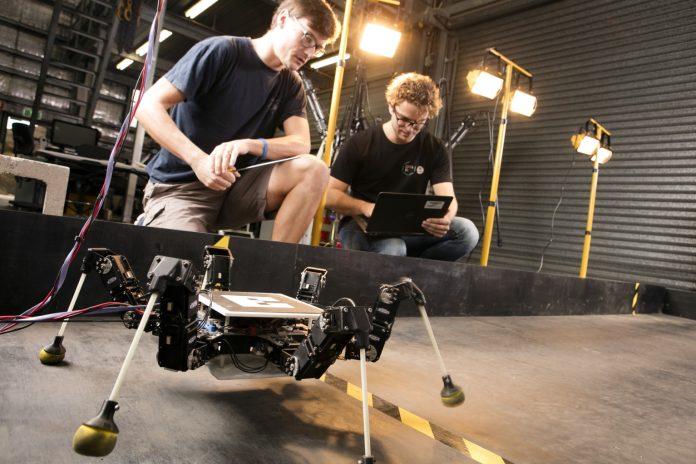
CSIRO’s Data61, Australia’s largest data innovation group, has announced the creation of a new Alliance aimed at developing a national robotics R&D strategy and addressing large-scale Australian and international challenges using robotics technologies.
The Sixth Wave Alliance (SWA) brings together Australian industry, research and government collaborators to facilitate the adoption and creation of robotics and automation technology in the country.
Adrian Turner, CEO at CSIRO’s Data61 said the Alliance will focus its efforts on encouraging the adoption of autonomous technologies in defence, agriculture, oil and gas, mining, transport, and smart cities, where the application of robotics will have a positive impact for the humans working alongside them.
“The country’s robotics opportunity lies in using robots and sensors to capture information about complex environments and to automate tasks that would otherwise be completed by humans in high risk situations and at a greater cost,” Mr Turner said.
“As every sector becomes data-driven, areas like Australia’s healthcare, agriculture, manufacturing and mining industries are primed for enhancement via robotics and autonomous systems.”
“SWA will allow us to put Australia on the map as the global leader in robotics. The national robotics R&D strategy will create opportunities for the robotics industry to work with the Australian government and private sector to drive scale and increase Australia’s competitive on an international scale.”
Borne from collaboration in development of the Robotics Roadmap for Australia , led by the ARC Centre of Excellence for Robotic Vision, the Alliance comprises Data61, AlphaBeta, Department of Industry, Innovation and Science, METSIgnited, NERA (National Energy Resources Australia), QUT, University of Sydney, University of Queensland and Woodside.
Dr Sue Keay, Chair of the Robotics Roadmap and Chief Operating Officer at QUT-based Australian Centre for Robotic Vision, said a unified robotics industry can help assist Australia’s workforce, advance the economy and address the nation’s challenges from limited resources to the spatial distribution of cities and hubs of industry.
The formation of the SWA is critical to build a successful path to innovation for robotics R&D,” Ms Keay noted.
“SWA brings together complementary skills to solve problems, build human capacity, develop new technologies and encourage investment in an area where Australia already has a world-leading reputation.”

















